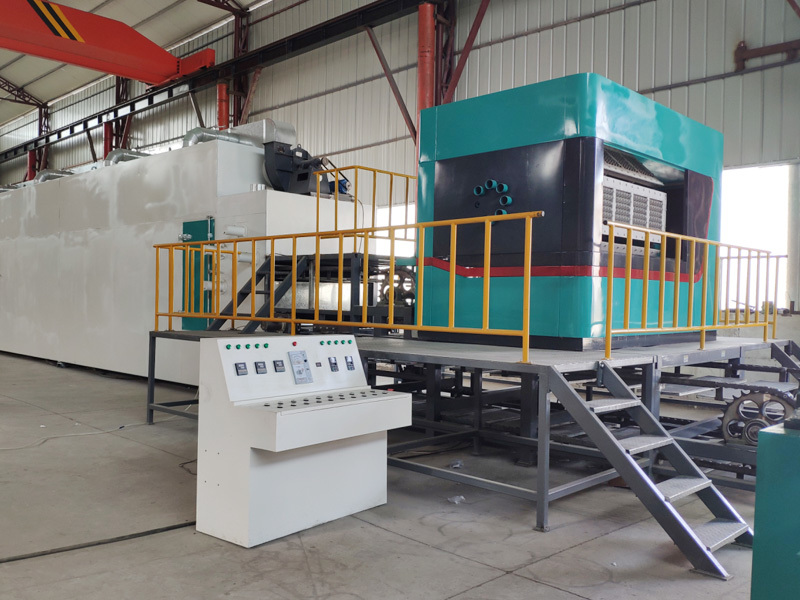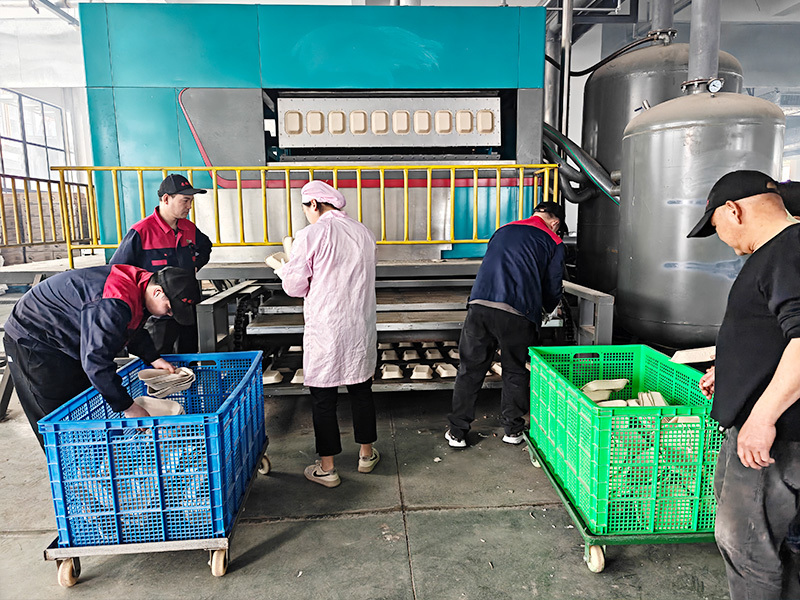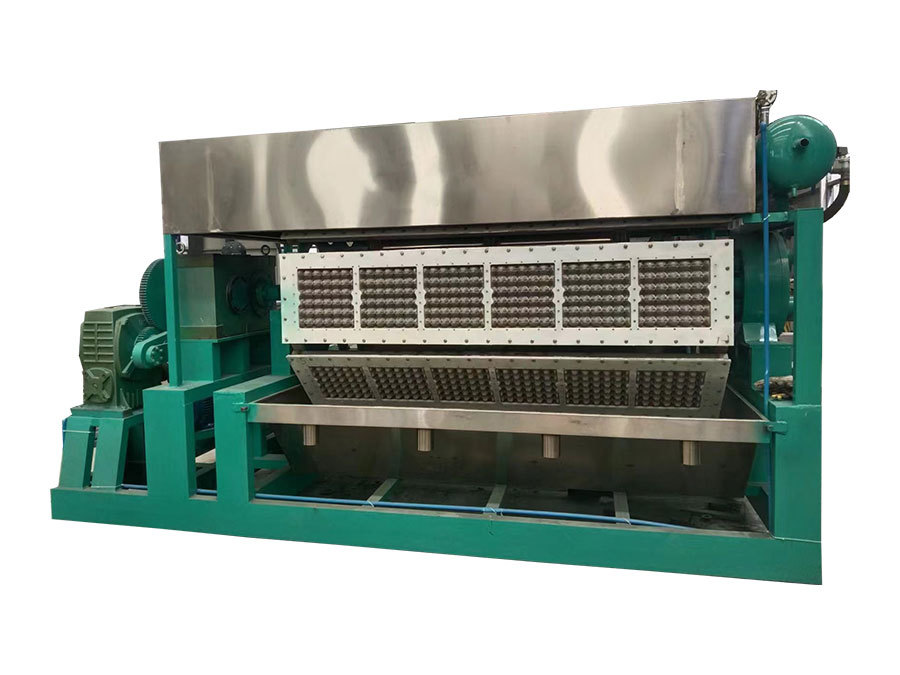Automatic quantitative packaging of chemical products
Corrosion-resistant coating: Add polyacrylate (in a proportion of 8% - 12%) to the pulp to form an acid and alkali barrier (resistant to pH 1 - 14), preventing leakage of strong corrosive liquids (such as sulfuric acid, sodium hydroxide).
Solved issues
1. Safe and sealed to prevent leakage
Corrosion-resistant coating: Add polyacrylate (in a proportion of 8% - 12%) to the pulp to form an acid and alkali barrier (resistant to pH 1 - 14), preventing leakage of strong corrosive liquids (such as sulfuric acid, sodium hydroxide).
Integrated sealing cover: Heat-pressed sealing cover + housing. Passed the airtightness test (pressure 0.2 MPa, maintained for 30 minutes without leakage).
2. Anti-static and explosion-proof design
Addition of conductive fibers: The slurry is mixed with carbon nanotubes (3%-5%), resulting in a surface resistance of 10⁶ Ω. This prevents the accumulation of static electricity from powder chemicals (such as sulfur, metal powder) which could cause an explosion.
Flame retardant treatment: Add non-halogen flame retardants (aluminum hydroxide), which has passed UL94 V-0 certification and is suitable for packaging of flammable solvents.
3. High-precision micro-quantity
Micro-slot mold technology: Laser engraving of micro-slots (single slot volume ranging from 0.1 ml to 50 ml), filling error ≤ ±0.5%, meeting the requirements for laboratory-grade chemical dispensing.
Automatic weight calibration: The filling line integrates a high-precision balance (with a resolution of 0.001g), which provides real-time feedback for adjusting the flow rate.
4. Compliance and Traceability
GHS label integration: Molded hazardous symbols (such as corrosion, flammability icons), in accordance with the Global Harmonized System of Classification and Labelling of Chemicals (GHS).
QR code traceability: Each batch generates an independent ID, which is linked to the components, batch number, and Safety Data Sheet (SDS).
Applicable scenarios
- Strong acid/strong base reagents, powdered catalysts, organic solvents, micro-sized chemical reagents.
TAG:
Related Blog
What is the production process of egg trays?
The advantages of our automatic egg tray machine
Firstly, fewer workers are needed, and machines can replace workers to complete most of the work. In addition, it can also reduce the rate of defective products.
What are the precautions for buying an egg tray machine?
Firstly, determine the required equipment specifications and models based on production needs; secondly, choose a good and experienced manufacturer to ensure the reliability of equipment quality;
Revolutionizing Production: Discover the Benefits of Full-Automatic Egg Tray Machines
Revolutionizing Production: Discover the Benefits of Full-Automatic Egg Tray Machines In today's fast-paced industrial landscape, efficiency and innovation are paramount. One such revolutionary advancement in the manufacturing sector is the full-automatic egg tray machine. This state-of-the-art equipment not only streamlines production processes but also enhances the quality of the final product.










